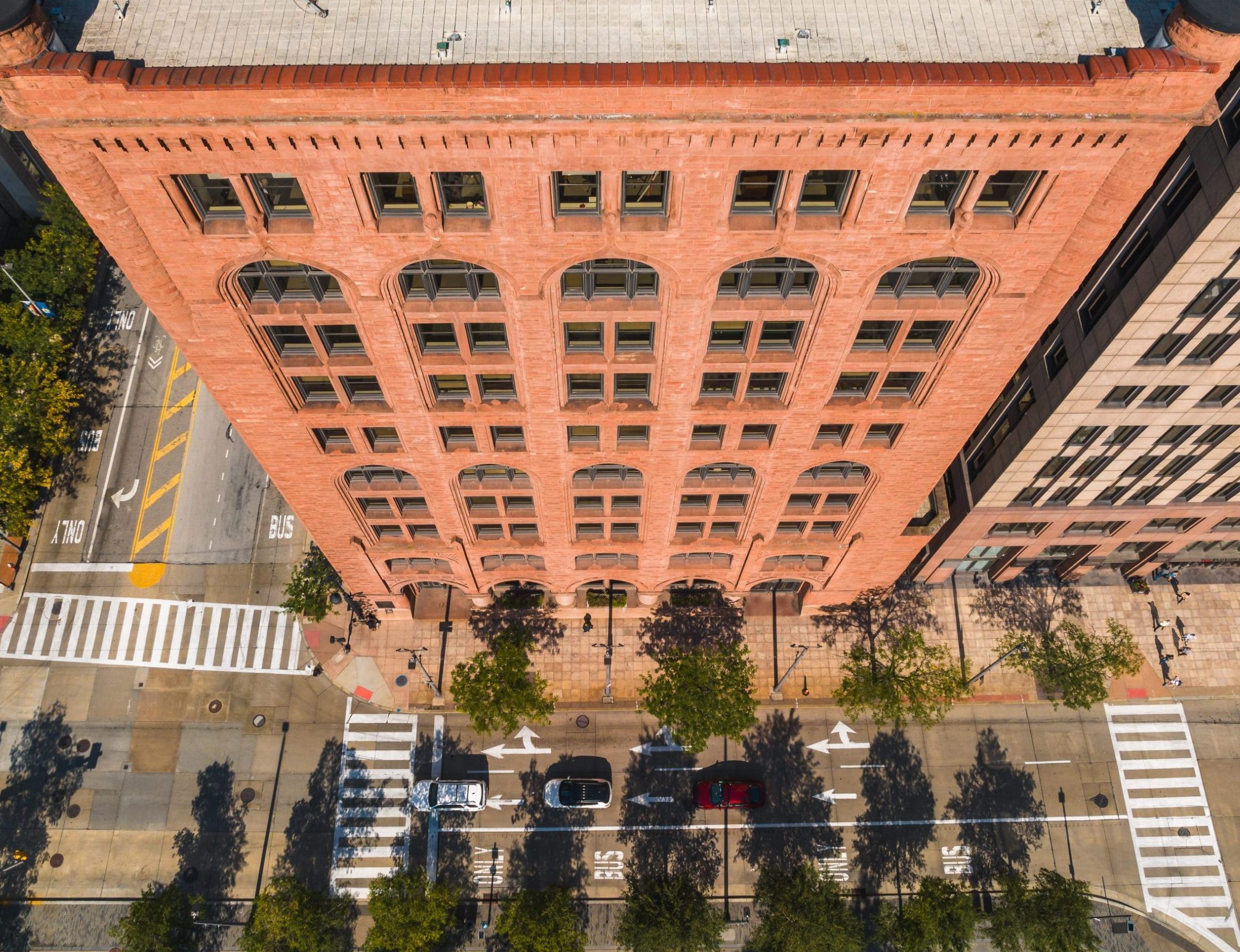As the architect of a commercial building project, you have a number of factors to consider. The building’s heating and cooling system is one of the most important and financially significant components of the building’s design.
Based on project requirements, load calculations, and zoning, it is critical to consider the available options to maximize value and provide a long-term, cost-effective solution. When determining what heating and cooling system best suits a project, it is essential to consider how best to achieve optimum energy efficiency while reducing equipment and maintenance costs and managing the environmental impact.
District energy is an innovative heating and cooling system with many advantages over an in-building HVAC system. A district energy system provides centralized heating and cooling services to multiple buildings within a particular area. It typically involves a central plant that generates steam heat or chilled water and distributes it through a network of pipes to connected buildings.
As an alternative to an in-building HVAC system, district energy’s benefits include:
Ease of Installation: Connecting to an existing District Energy system can be relatively straightforward, as the infrastructure is already in place.
Initial Costs: District energy eliminates the need for an expensive boiler or air conditioning units, so the initial building costs are significantly less than a traditional HVAC system.
Maintenance: Maintenance responsibilities are handled by the district energy provider, which will relieve the building owner of some maintenance tasks compared to managing an HVAC system.
Efficiency: District energy systems are more efficient than individual HVAC systems, as they often use waste heat from industrial processes or power generation to provide heating, which reduces operating costs and is environmentally beneficial.
In addition, district energy systems often not require on-site equipment within the building or on the roof. Therefore, there is more usable space.
A District energy system provides considerable advantages over a traditional HVAC system by saving on equipment and long-term maintenance costs while delivering a more efficient heating and cooling product.
It’s essential to thoroughly analyze the costs, benefits, and long-term implications of each choice in your specific context before making a decision. Consulting with experts in the field and considering local regulations can also be valuable in making the right choice.



